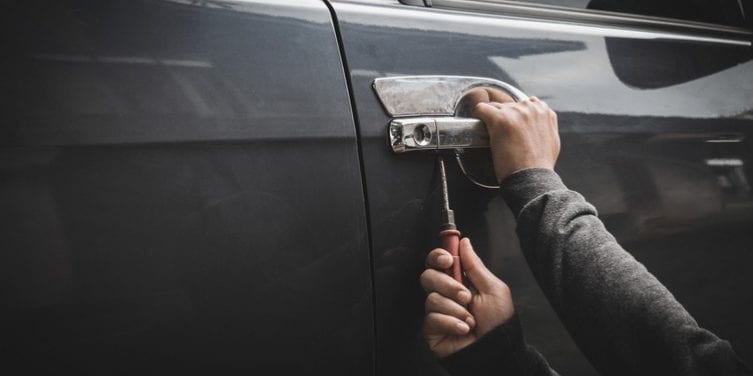By Nik Ellis
At the start of my bodyshop career, I was amazed at how easy it was to steal a car. We received regularly a transporter full of stolen & recovered cars, normally with no keys. To gain entry & start the car up we typically used a flat screwdriver. It only took just a little more time than if we had the keys.
Those were the Nineties, the days of Astras & Escorts, but as time moved on so too did the technology used to protect cars. It became tougher to get into a car & even harder to start it, so thieves changed tactics by stealing the keys instead. This meant house burglaries rose, whilst the stolen cars were often recovered with no damage.
As walls are fortified, other routes are sought out & we have seen parallels to this with insurance fraud. Remote Video Inspections are commonplace now, yet they open up an alternate world of fraud. We have found some new dodges that take advantage of this; for example we’ve discovered fraudsters have provided images of their damaged vehicle, including chassis number & number plates, only to discover that their vehicle wasn’t damaged & they simply found a crashed model in the same colour.
We have also discovered people loosening the bolts on a door to make it look like the shell is twisted from a rear end impact. Tricky to spot on images & something automatic recognition AI programs could never deduce – it needs that human element to consider whether the magnitude of the impact was strong enough to actually twist the shell.
Whilst the majority of inspections these days are remote, there is a responsibility on insurers to audit some of these vehicles, both the total loss and the repairable ones. Whilst we find that the majority of vehicles that we audit appear clean, there are still many occasions where we discover fraud. Sometimes relatively modest (panels being repaired rather than replaced) other times vehicles being written off which were clearly (& safely) repairable. These examples sit outside automated fraud detection systems.
So whilst progress, automation & technology is desirable for so many reasons, sometimes it creates new opportunities for fraud. It is therefore vitally important that we keep the human element to spot deception; a gut feeling is something very difficult to teach an AI system.
Reproduced with thanks to Modern Insurance Magazine

